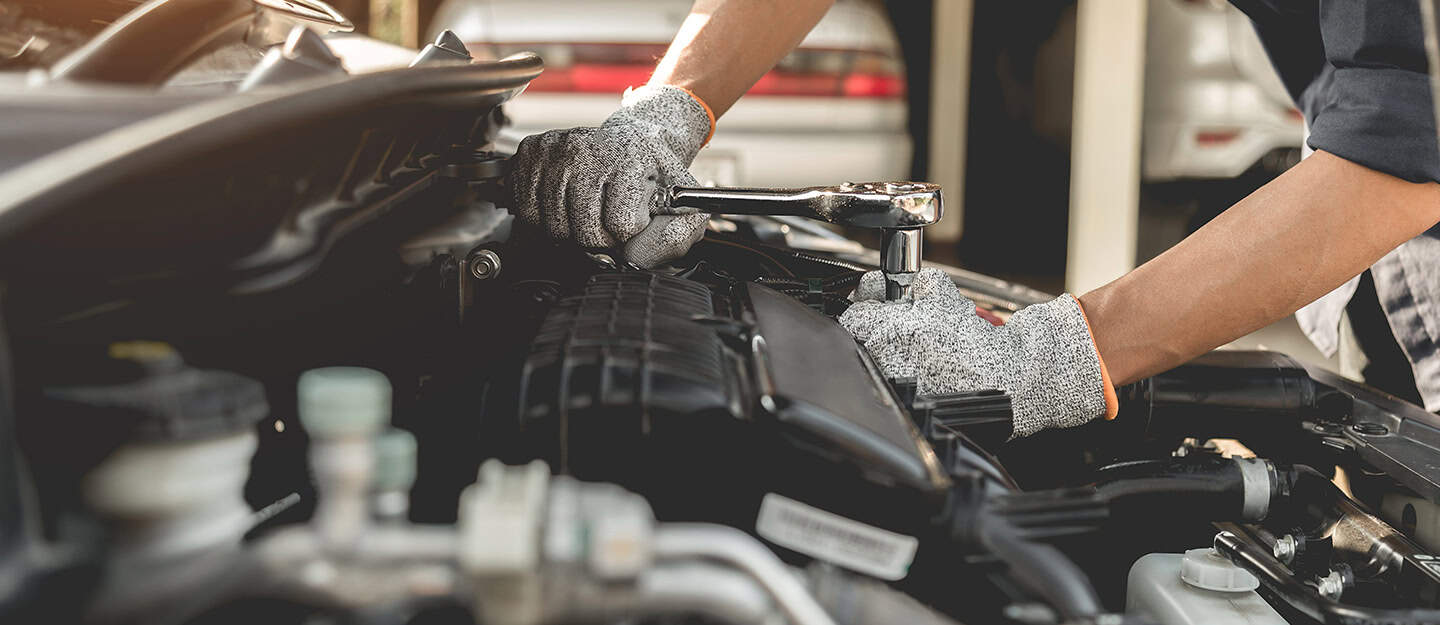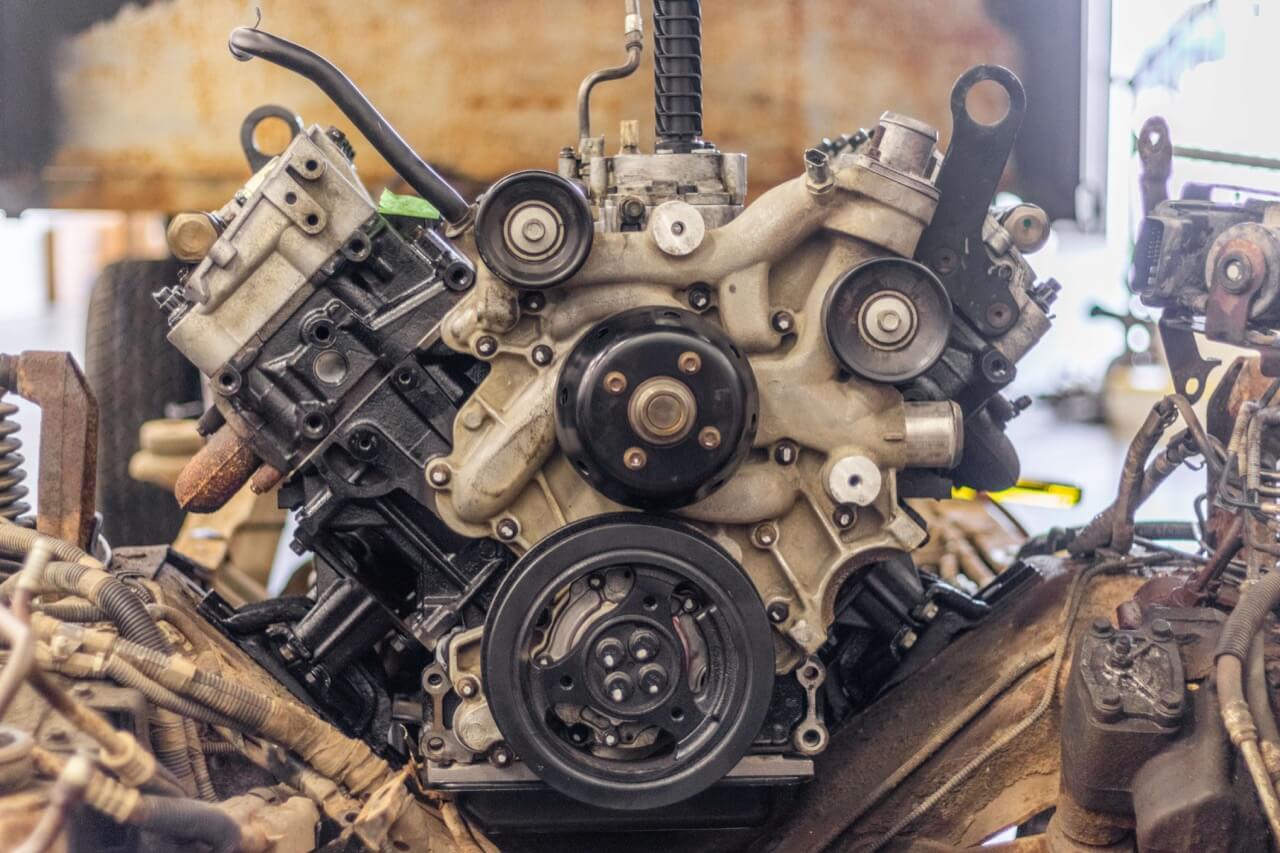Performance Tuning vs Engine Damage – Where is the Line?
Enthusiasts seeking more power from their vehicles almost inevitably look to computerized engine car tuning as the cheapest route to substantial gains. With just a laptop connected to the OBD port, your tuner can re-flash the ECU to optimize aspects like timing, fueling, boost, throttle mapping, shifting, and rev limiters. This unlocks dramatic performance benefits. But misapplied, these same tweaks risk catastrophically damaging your engine. Where is the line between effective performance tuning and destructive modification attempts? Right now we will uncover everything about tuning vs engine damage!
In this comprehensive guide, we’ll cover prudent tuning practices for safely enhancing your driving experience versus recklessly pushing past your engine’s limits. Our goal is to examine warning signs of detrimental tuning and how to recognize when enthusiasm outpaces engineering. That allows dialing back ECU changes before crossing the point of no return into terminal mechanical damage.
The Allure and Capabilities of ECU Tuning
To understand both the appeal and perils of tuning, we must first define what engine calibration software allows adjusting to such great effect:
Timing Maps – Altering ignition timing has tremendous impact on power production and efficiency. Carefully optimizing timing for specific RPM/load zones provides tremendous benefits. But too much advance causes devastating detonation.
Fuel Enrichment – Tuners calibrate injector pulse widths to match increased airflow from intake upgrades to avoid dangerously lean conditions while maximizing power. But limitations exist.
Rev Limits – Raising rev limiters allows extending powerbands. But excessive RPM risks valve float, bearing failure and catastrophic engine damage.
Turbo Boost – Tuning wastegate duty cycles and boost control nimbly increases turbocharger boost pressure. But too much risks melting pistons and cylinders.
Throttle Mapping – Remapping pedal position input provides razor sharp response and eliminates flat spots. But must retain drivability.
Transmission Shifting – Optimizing shift firmness, points and torque converter lockup improves acceleration while enhancing economy and driving dynamics.
As you can see, nearly all aspects of engine operation can be adjusted to dramatic effect through tuning software. But without diligence and mechanical supporting modifications, hastily pushing limits risks destroying your engine.

Tuning Benefits from Proper ECU Calibration
When performed judiciously on a well maintained engine by an expert tuner with precision equipment, here are the remarkable benefits attainable through calibration software:
- Horsepower/Torque – Increases beyond 50% extra over stock are attainable on unmodified engines when tuning conservatively. Headroom exists for more.
- Throttle Response – Remapping throttle position input completely eradicates annoying lag and transforms pedal sensitivity. Drivability enhancements are invaluable.
- Fuel Efficiency – Strategically leaning mixtures and optimizing transmission shift behavior during cruising noticeably improves MPG, especially for city driving. Every Percent matters.
- Powerband Smoothing – Factory tuning riddled with flat spots and dips can be reworked to deliver seamlessly linear power across the RPM band. Expanding safe operation range expands fun.
- Drivability – Beyond power gains, properly improving cold start, idle stability, low speed operation, and drivetrain shock loading brings immense quality of life benefits.
- Customization – Unlike fixed mechanical mods, tuned engine personality can be adjusted and tailored anytime from mild to aggressive as desired. One change away.
Of course, all this additional performance potential comes with sizable risks if pushed recklessly too far by inexperienced hobbyists. We next examine where enthusiasm for big dyno numbers can go catastrophically wrong without diligent tuning and monitoring for warning signs of impending damage.
The Engine-Destroying Perils of Over Tuning

While moderate and careful ECU optimization provides the benefits above safely, excessive aggression tuning risks these engine-crippling dangers for those who boldly go where no factory engineering intended:
Pre-ignition and Detonation
Advancing timing too aggressively given fuel quality and compression risks uncontrolled combustion events from excess pressure and heat. This destroys pistons and rings in short order.
Melted or Holed Pistons
Combinations of running lean, excessive timing, and inadequate fuel octane can create localized hot spots that melt aluminum pistons. No return from this.
Bent Connecting Rods
Piston sides violently hammering cylinder walls during detonation concentrates immense stress on connecting rods leading to bending and snapping. An expensive fix.
Rod Bearing Failure
Excess RPM pushes rod bearings beyond safe oil film thickness. Combined with detonation’s impact loads, wiping bearings is likely. So much for longevity.
Excessive Cylinder Pressures
Trying to extract too much power from stock internals causes dangerously high cylinder pressures outside design limits that can breach cylinder walls or damage head gaskets. An unhealthy gamble.
Melted or Burnt Valves
Insufficient fuel enrichment with poor tuning allows intake valves to overheat and deform from the lean combustion. Another game over scenario for an engine.
Avoiding these show-stopping catastrophes mandates meticulous care tuning any engine plus robustness supporting modifications. Let’s examine how to maximize benefits while steering clear of the edge.
Tuning Incrementally is Vital – No Shortcuts

Risks manifest when enthusiasts hunger for quick, large dyno gains from radical programming changes in minimal tuning sessions. Gradual and careful optimization is mandatory:
- Start with minor adjustments to factory calibration only to fix glitches before tuning for performance. Don’t skip this learning step.
- Alter only one primary parameter at a time by small increments and test thoroughly before any additional changes. Isolate the impact of each variable.
- Initially aim to maximize drivability and smooth power delivery, not peak dyno figures. Especially important for street driven vehicles.
- Monitor air/fuel ratios, knock counts, and temperatures closely after every change to catch adverse trends immediately. Don’t fixate solely on added power.
- Support modifications like upgraded fuel injectors, lower compression pistons, head gaskets and rod bolts must precede pushing limits. Don’t expect stock internals to sustain race levels reliably.
- Fix any deviations from safe boundaries immediately before continuing. Don’t temptingly operate on the edge during early tuning.
Patience and commitment to incremental optimization is required to maximize performance gains safely over the long run.
Recognizing Impending Damage Before it’s Too Late
While egregious tuning errors like excessive timing quickly destroy components, more insidious issues manifest in various warning signs:
- Occasional audible spark knock or pinging under acceleration
- Check engine light illuminated with any stored codes
- Rising intake air temperatures under load
- Coolant temps exceeding 215*F even briefly
- Unfamiliar odors like burning oil coming from engine bay
- Oil leaks onset or contaminants in oil
- Increased oil consumption between fill ups
Any of the above should prompt immediately reverting to the last safe tune revision to halt further degradation. Don’t attempt masking issues with other adjustments. Seek tuning help to diagnose root causes before resuming.
Finding the Right Tuner Makes All the Difference

Because calibrating tuning software is such a specialized skill, choosing the right tuner shop is absolutely essential to safely achieving maximum performance without sacrificing longevity. Here are characteristics of reputable tuners:
- Extensive specific experience with your particular engine configuration to leverage
- Invests in premium quality tuning tools and dyno equipment – not just a laptop
- Professionally dyno tunes vehicles for hard data-based optimization, not guesswork
- Provides custom calibrations tailored to your engine and modifications, not generic off-the-shelf tunes
- Seeks long term relationships, not quick one-time tune sales
- Conservative incremental approach focused on drivability and smoothness before maximum power goals
- Uses highest quality fuel during dyno tuning to stabilize results
Don’t trust your valuable engine to corner cutters. Do diligent research before choosing a tuning shop.
Supporting Mods Enable Pushing Limits
Once you’ve maxed safe power levels from stock hardware through proper ECU tuning, here are targeted modifications enabling safely venturing into higher output:
- Lower compression pistons resist detonation when significantly advancing timing
- Forged rods provide insurance against bending under extreme cylinder pressures
- Head gaskets minimize blown gaskets from heat and cylinder pressurization
- High flow fuel injectors and pumps maintain safe mixtures under higher air flows
- Ignition coil and spark plug upgrades ensure proper firing under boost
- Upgraded oiling system maintains safe lubrication during sustained high RPM operation
- Reinforced transmission gears and upgraded clutches enable transferring greater torque
With expert progressive tuning and strategic supporting mods, staggering performance far beyond stock is possible without sacrifice in reliability, drivability or longevity.
Keeping Your Engine Healthy
Beyond ECU changes alone, adhering to simple engine health essentials optimizes the baseline for tuning while spotting underlying issues early:
- Change oil regularly with quality synthetic formulations to avoid circulating contaminants
- Replace air, fuel and oil filters per maintenance schedules to avoid restriction induced failures
- Clean fuel injectors every 15k miles to maintain ideal spray patterns and pressure
- Use recommended octane fuel to allow maximizing timing advance without detonation
- Replace spark plugs at shorter intervals to ensure clean and tight gaps for ignition
- Watch engine temperature and oil pressure gauges for unusual deviations from normal
With a robust mechanical platform, the engine tuning you invest in keeps delivering extraordinary benefits mile after mile.
Balancing Goals and Risks
As outlined above, an appetite for dyno bragging rights tempts many tuners to push too aggressively too quickly at the expense of their engine’s health. Patience focused on optimizing drivability, efficiency and linear power delivery brings its own rewards.
Know your car’s limits through judicious gradual tuning initially. Only lean on the outer limits when you’ve built a base of satisfying moderate gains safely. Supporting hardware enabling pushing boundaries further comes later after mastering calibration software nuances.
With the right strategic tuning process, dramatic engine performance benefits can be achieved without compromise to reliability and longevity. We hope these comprehensive insights provide a helpful guide to maximizing your tuning results while minimizing risks. Stay safe and enjoy the journey of customizing your ride!






[…] Can a Cold Air Intake Damage Your Engine? […]
[…] Besides following a brake maintenance schedule, you can also improve your braking performance by applying some tips and tricks that can enhance your brake system and your braking technique. Here are some of the most effective ways to boost your brake performance: […]
[…] and causing damage. Over time, air filters become clogged with debris, which can lead to reduced engine performance and fuel efficiency. Therefore, it is crucial to replace the air filter regularly to keep the […]
[…] Safe Car Tuning, Tuning vs Engine Damage, Performance Air Filter Brands, and […]
[…] Tuning vs. Engine Damage […]